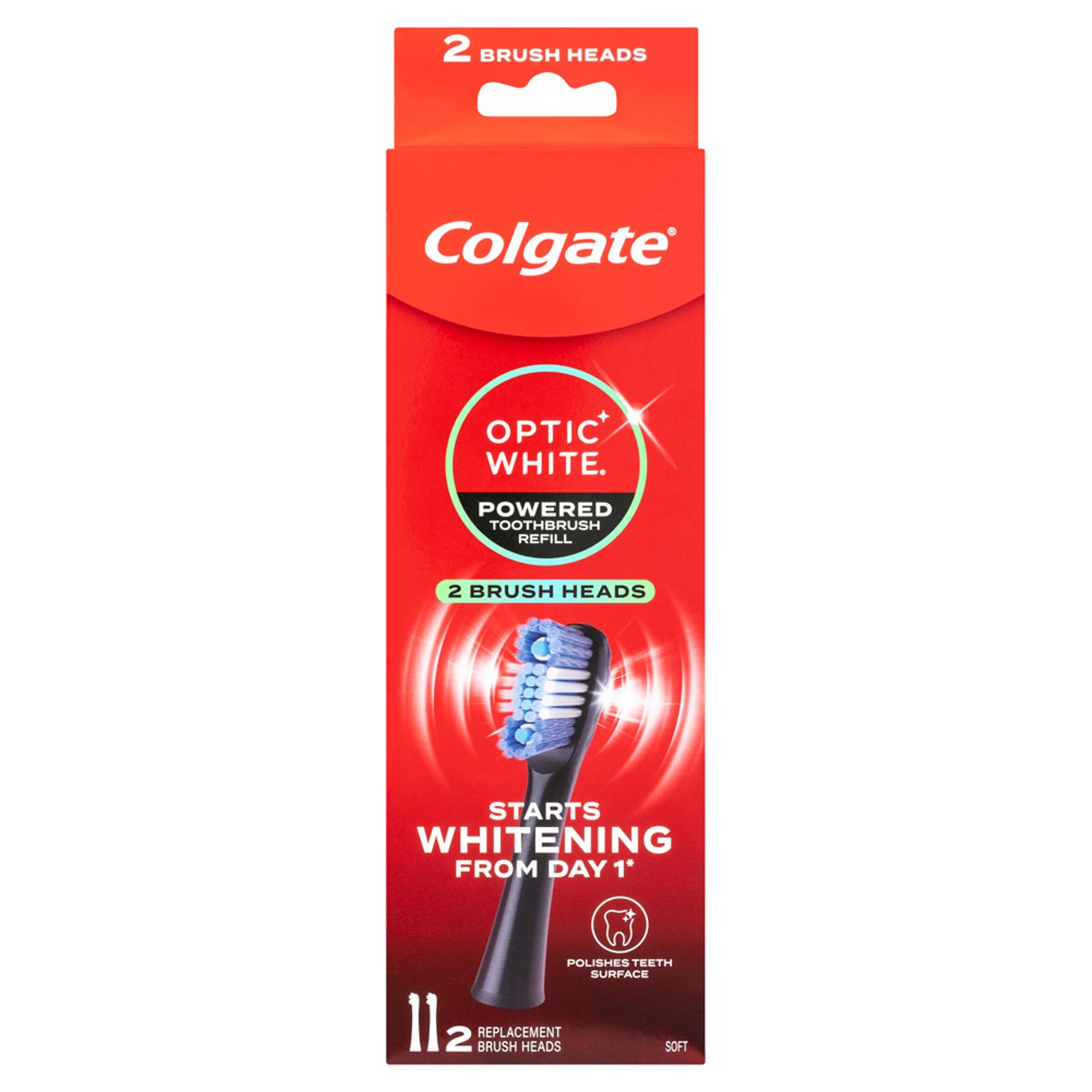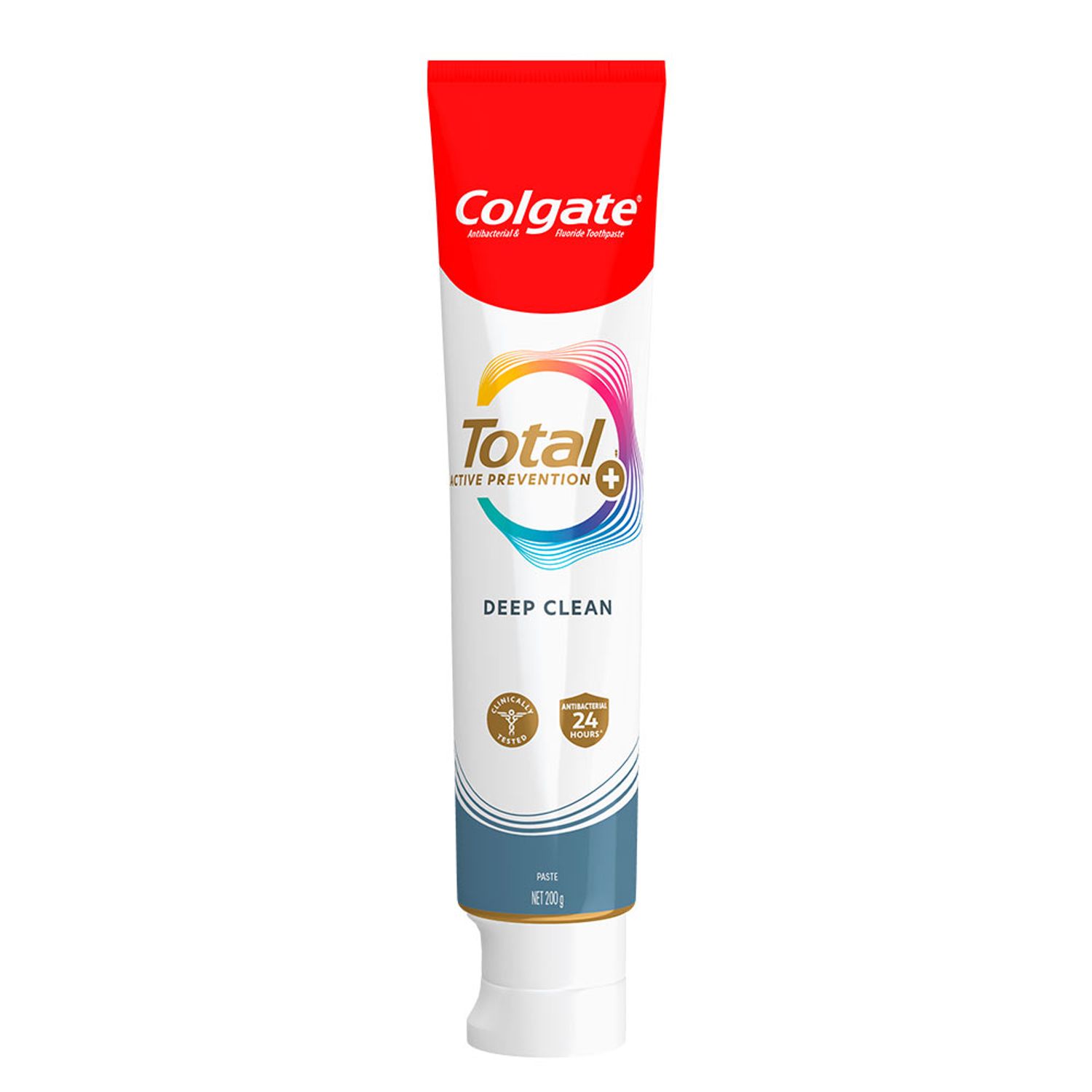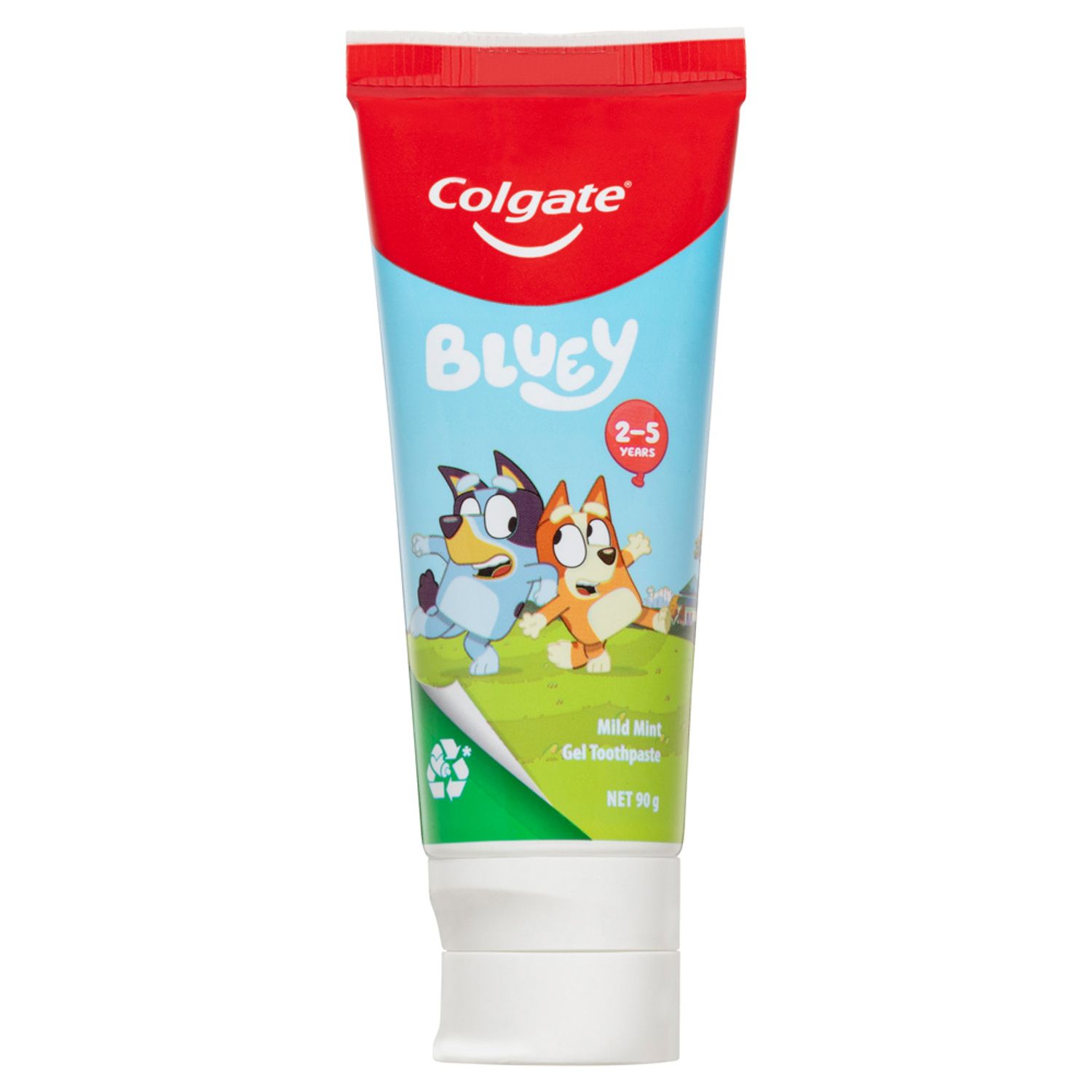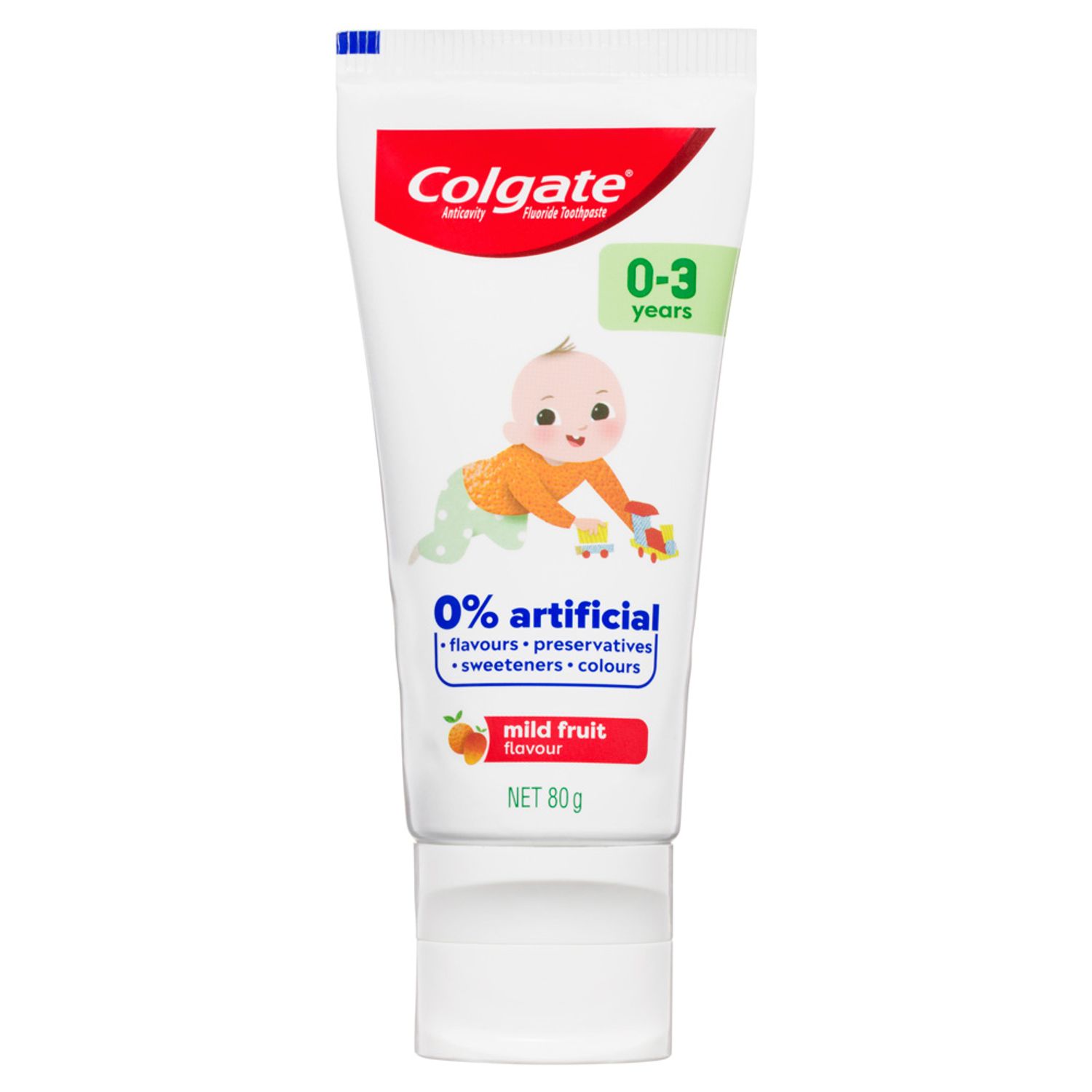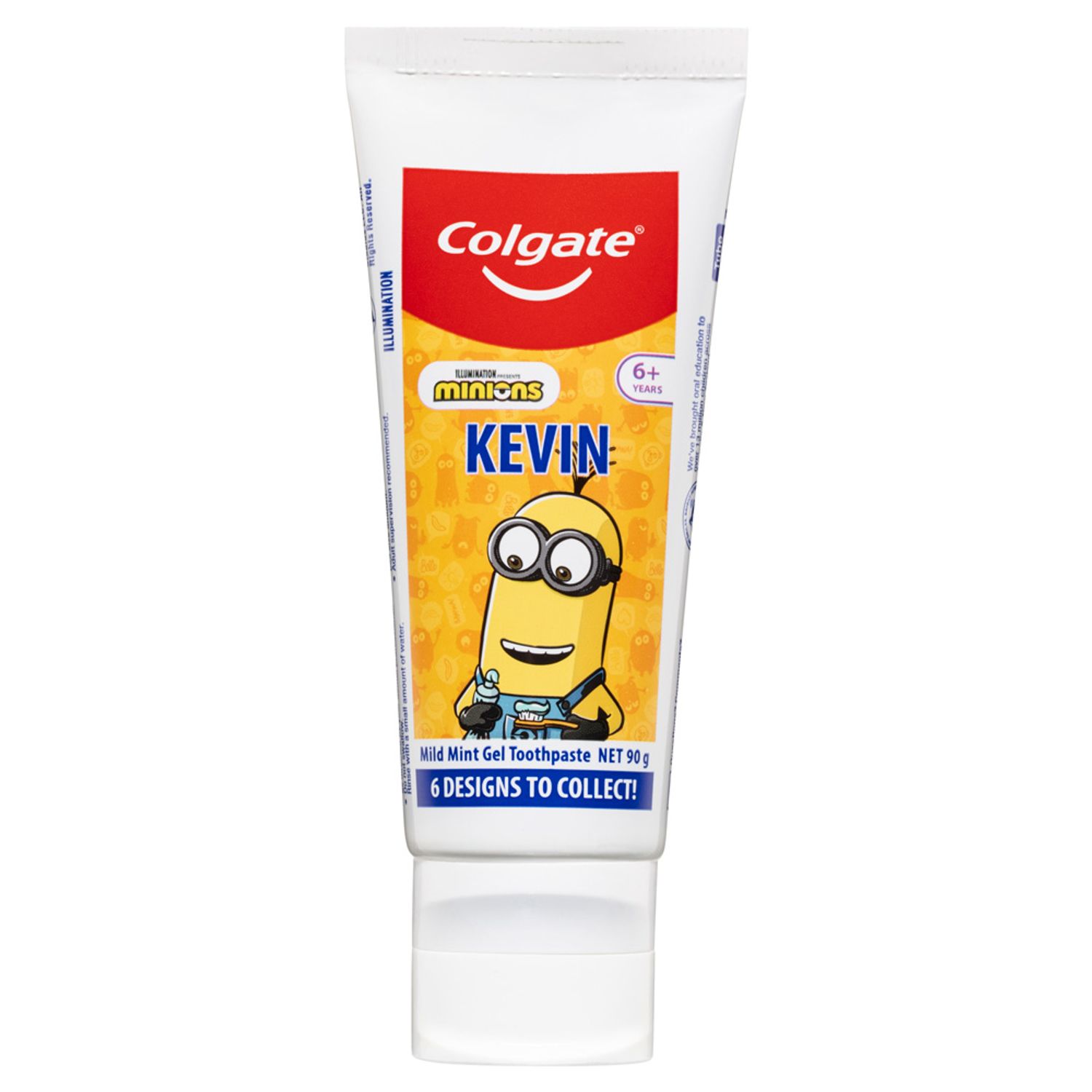-
-

BRUSHING & FLOSSING
How to BrushWhat Is the Right Way to Brush?
Proper brushing takes at least two minutes — that's right, 120 seconds!...
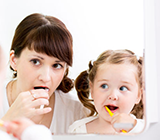
BRUSHING & FLOSSING
How To FlossWhat is the Right Way to Floss?
Proper flossing removes plaque and food particles in places where a toothbrush cannot easily reach... -
Science & Innovation
- Colgate® | Toothpaste, Toothbrushes & Oral Care Resources
- Oral Health
- Common Questions


Is breast-feeding better than bottle-feeding in preventing early childhood cavities?
Many experts recommend breast-feeding over bottle-feeding for the overall health of your child. However, breast-feeding can lead to early childhood cavities in the same way that bottle-feeding can. To prevent early childhood cavities:
- Avoid overnight feeding, such as bringing baby to bed with you and allowing him/her to nurse at will. Milk can "pool" in the child's mouth and cause acid to form continuously throughout the night. This acid leads to tooth decay.
- Avoid letting baby walk around with a bottle containing a sweet drink.
- It is recommended that you encourage your child to drink from a cup by his/her first birthday.
Is it OK if my child sucks his or her thumb?
Thumb-sucking is normal for infants; most stop on their own by age two.
- If your child sucks his/her thumb beyond age two, try to discourage it by age four.
- Thumb-sucking beyond age four can lead to either crooked, crowded teeth, bite problems, or both.
Is it OK for my baby to use a pacifier?
Yes, but do not dip it in sugar, honey, or sweetened liquid. In addition:
- Try to have your child give up the pacifier by age two.
- Keep in mind that while a pacifier and thumb-sucking create no health difference for the child, a pacifier may be a better choice because it can be easier to wean your child from a pacifier than from thumb-sucking.
What is the best way to brush a toddler's teeth?
Use a small, soft-bristled brush. Use a circular or wiggling motion on all tooth surfaces, especially where the tooth meets the gumline. Once your toddler is able to spit out, use a pea-sized amount of fluoride toothpaste on the brush. Families should ask their dentist to demonstrate proper tooth brushing during the child's dental visit.
When should I start using fluoride toothpaste for my child?
At 18 months of age or when your child is able to spit. Fluoride is safe and necessary to keep teeth strong, but only at appropriate levels. Younger toddlers tend to swallow toothpaste. Consult your dentist for further advice. Remember, even if your water is fluoridated, you still need to use fluoride toothpaste.
This article is intended to promote understanding of and knowledge about general oral health topics. It is not intended to be a substitute for professional advice, diagnosis or treatment. Always seek the advice of your dentist or other qualified healthcare provider with any questions you may have regarding a medical condition or treatment.
Related Products

Helping dental professionals
More professionals across the world trust Colgate. Find resources, products, and information to give your patients a healthier future

